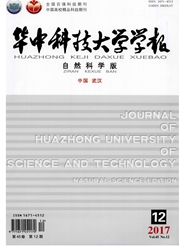

 中文摘要:
中文摘要:
基于面元法及有限元方法,采用分区迭代方式开展复合材料螺旋桨流固耦合分析,重点讨论了材料纤维角度和结构铺层方式的影响.针对桨叶剖面变厚度特征与单层材料有限厚度之间的矛盾,提出了更具实用意义的沿叶面往叶背方向逐层退化的铺设方式,并发现该铺设方式复合材料螺旋桨流固耦合性能主要受靠近叶面的铺层结构控制.后续铺层结构优化设计中可仅考虑近叶面若干铺层以节省计算工作量.
 英文摘要:
英文摘要:
An iteration approach coupling boundary element method (BEM) and finite element method (FEM) was adopted for fluid structure interaction (FSI) analysis of composite marine propellers, and the influence of laminate structure including fiber angle and stacking mode were discussed. To consid- er the contradiction between the varied thickness of blade section and limited thickness of lamina, a practical orienting from face to back layer by layer degeneration stacking method was presented. It is found that the FSI performance of composite propeller with this specified stacking method is domina- ted by a few laminates close to face. Consequently, computation time can be saved via considering the limited face side laminates in the successive laminate structure optimization.
 同期刊论文项目
同期刊论文项目
 同项目期刊论文
同项目期刊论文
 期刊信息
期刊信息
